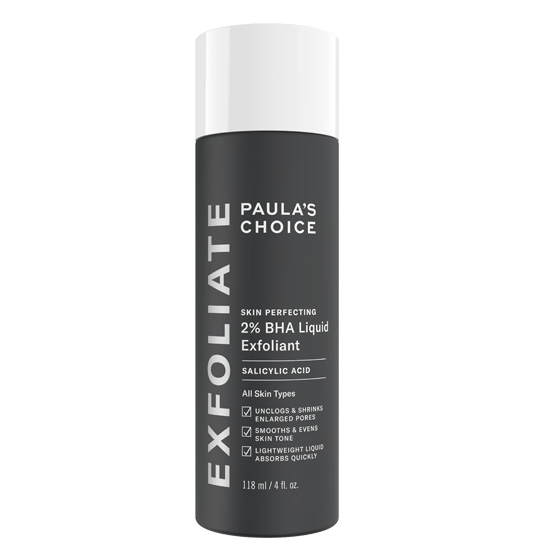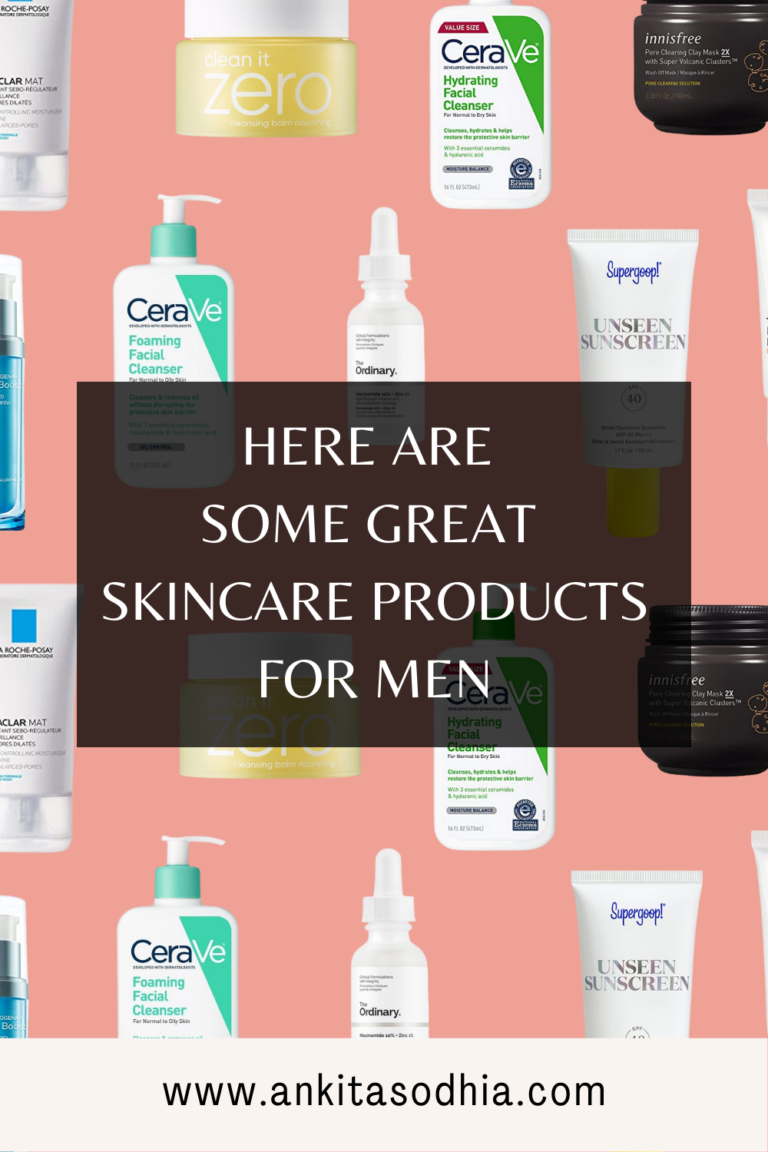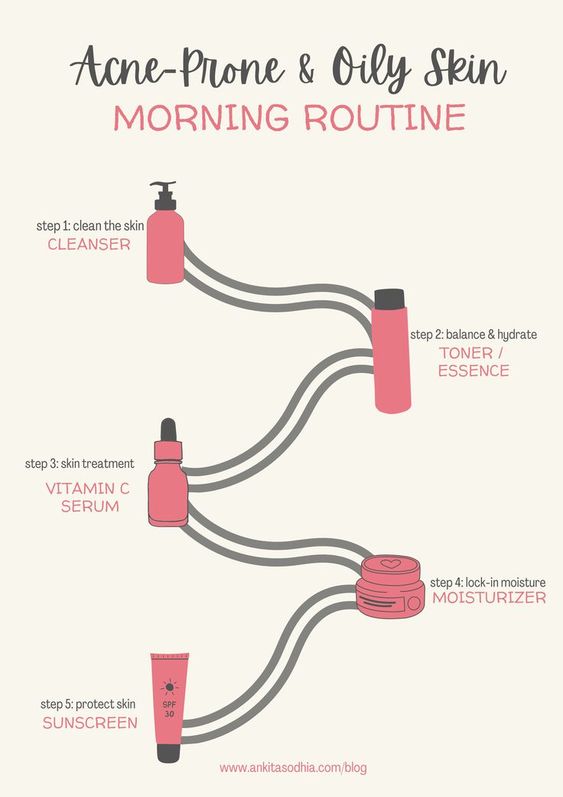Skincare Hacks, Tips and Tricks to Make Your Products Work Better On The Skin
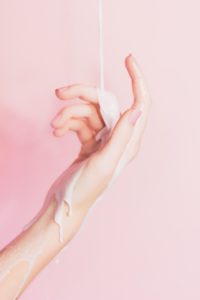
In the past few years I have become really obsessed with learning about skincare, the right way to use skincare products, and how skincare ingredients actually work.
I have spent more time and money than I would care to admit on trying to solve my skin problems, which include oiliness, acne breakouts and scarring and pigmentation. After doing lots of research and carefully trying products through an elimination process, I have mostly figured out what works for my skin type and I’m pretty happy with the results. If you have acne-prone skin, then read the posts below for more detailed product recommendations.
Skincare Routine for Acne-Prone Skin
Pregnancy Daytime Skincare Routine For Oily, Acne-Prone Skin
Pregnancy Nighttime Skincare Routine For Oily, Acne Prone Skin
K-Beauty Skincare Tips for Acne-Prone Skin
Learning These 6 Rules About Skincare Helped Improve My Sensitive Acne-Prone Skin in Bangkok
In this post I won’t be talking about specific products or ingredients per se but I will share hacks, tips and tricks I have picked up along the way, which have really helped up my skincare game to yield some amazing and sustainable results for the long-term.
Split your skincare into separate day and night routines — and keep it simple
The easiest way to simplify and develop an effective skincare routine is to split skincare by day and night because the goals for your skin for each time of day are so different.
Morning = prep, hydrate and protect the skin (whether you’re wearing makeup or not), always follow this simple 4-step routine: cleanser (you can also skip this if you are cleansing properly the night before), serums / toner, moisturiser and SPF.
Night = cleanse and re-hydrate the skin so always be sure to do this 4-step routine: cleansing balm / oil followed by facial cleanser (known as a double cleanse) followed by serums / toner and moisturiser.
You may have additional products and treatments in your routine such as face masks, exfoliators, eye creams etc which can always be added in as you deem fit. But the important thing to remember is not to overdo with too many different products because this can cause more harm than good to your skin.
Layer skincare from thinnest to thickest consistency on damp skin using fingers and palms — skip the cotton pads
A really easy way to figure out what order to use your skincare products is to apply them in layers from thinnest to thickest consistency i.e. cleanser, serum / toner, moisturiser. Another great tip is to not let your skin dry too much in between application of different skincare products so while your skin is still damp apply the next product quickly to increase absorption. And don’t be afraid to use your hands (as long as they are clean) to apply skincare products. It saves time and it’s better for the environment too.
Wear SPF 30 or higher daily and invest in a sunscreen resetting spray, if you’re wearing makeup
Wearing sunscreen with a minimum SPF of 30 is one of the best ways to protect the skin against signs of ageing — wrinkling, loss of elasticity and spotting — resulting from daily exposure to the sun’s UVA and UVB rays. The key is to be consistent and wear SPF every single day as the final step in your morning skincare routine and re-apply (a resetting sunscreen spray works great so your makeup doesn’t get ruined) as directed on your sunscreen, regardless if you will be indoors or outdoors. Start now and your 50-year old self will thank you in the future.
Sleep with a silk pillowcase
This simple tip has changed the way my skin looks and feels every day — it is so much softer, smoother and less irritated / inflamed. My breakouts and bumps have significantly reduced since I started sleeping with a silk pillowcase.
Sleeping on silk offers many benefits:
- much more gentle on the skin than other materials such as cotton
- picks up less pore-clogging bacteria resulting in less bumps and breakouts
- retains more hydration to help skin remain soft and supple for longer
- hair is smoother and less static / frizzy
Use sheet masks to replace the serum step in your day or night routine once or twice a week
Sheet masks are wildly popular all over the world. Instead of applying the sheet mask and then rinsing your face after — add it as the serum step in your skincare routine.
After cleansing your face apply a sheet mask for 10-15 minutes and then massage any leftover serum into your skin. Follow with moisturiser and any other skincare.
Multi-masking once or twice a week
If you have multiple face masks, try multi-masking. Different parts of your face have different care needs. For example, the T-zone generally is where there is excess build-up inside pores and requires regular cleansing while the U-zone (cheeks, jawline and chin) is where extra hydration is required to keep skin supple and soft.
So looking at the masks you have and what they are designed for you can apply multiple masks at once and address multiple skincare needs at once.
Use a facial roller
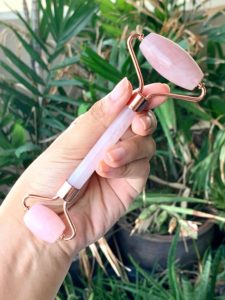 I recently started using a face roller and I have noticed a significant improvement in the quality of the skin on my face. It’s smoother, more radiant and the redness is much less.
I recently started using a face roller and I have noticed a significant improvement in the quality of the skin on my face. It’s smoother, more radiant and the redness is much less.
Face rollers are pretty easy to use — just be sure to use it with some kind of serum, moisturiser or facial oil so there’s a good amount of slip on the skin to avoid harsh rubbing or tugging.
You can use it morning and/or night. Some of the benefits of using a facial roller include: reduces puffiness, improves absorption of skincare products, improves blood circulation to make skin appear brighter, soothes skin, and helps with sinuses too.
Skincare is a slow process
If I’ve learned anything about skincare it’s that it is a slow process. There are no miracle products out there that will solve problems overnight and if they claim to be, then that’s a major red flag!
I also find that the quality of our skin is directly related to our body’s general well-being i.e. getting enough sleep, drinking enough water, eating a balanced diet, getting exercise, ensuring protection against pollution and the sun etc. If one or more things is out of balance, it will show up on your skin in different ways such as a breakout, dry patches, pigmentation etc.
My biggest skin concern is acne breakouts and I have learned that spot / clinical / medical treatments and ointments do not work for me in the long-term at all. Instead, I have had to commit to a daily practice of figuring out skincare products and doing all the steps required day and night to keep my skin clean and balanced every day so that I prevent breakouts from happening in the first place. And it has worked because I find that my skin is healthier and clearer in the long-run. Yes, breakouts still do happen but when they do I’m pretty sure I know why — bad eating, bad sleep, getting lazy with my skincare routine or sometimes a new product isn’t suiting me — and then it’s easier to isolate the problem and get back on track.
So the key message here is: figure out your skin concern(s), target them one at a time with specific products and a balanced lifestyle, and give your skin time to heal. Do not overload your skin all at once with harsh products and expect miracle results.
The golden rule in skincare is to give products 30 days of consistent use to show whether they are actually working for you or not.
Get to know your own skin and figure out what ‘active ingredients’ you really need in your products and how to properly use it in a skincare routine
I will admit that most of the skincare products I use are expensive and it’s mainly due to the fact that I find that the high-end brands have products that actually work for my skin type, which is acne-prone and oily. I now see skincare as an investment and don’t mind splurging but with the caveat that I have done my research and fully understand the products, active ingredients, how and why they will work. I highly encourage you to read my post A Beginner’s Guide To Active Ingredients In Skincare Products Broken Down By Skin Type and Concern and also please do your own research — get to know your skin so you can make better purchase decisions!
I think the lack of knowledge and sharing of basic information about skincare products, ingredients and routines is a huge issue when it comes to shopping for skincare products (at least in Thailand). I find that most sales staff at stores aren’t very knowledgeable about the actual ingredients and how they work; they are trained to sell the benefits listed on the packaging and not explain really what’s inside the product and how it works in terms of a skincare routine. And dermatologists and skin clinics tend to push for medication and treatments, which can sometimes be too harsh and unnecessary.
From my own personal experience, I found that watching skincare-related videos on YouTube and reading and researching on my own changed the game for me completely; I figured out how to take care of my skin and what products I needed on my own by being armed with a lot of information.
I hope you found this post useful. If you have any other hacks, tips or tricks, please share in the comments below.

